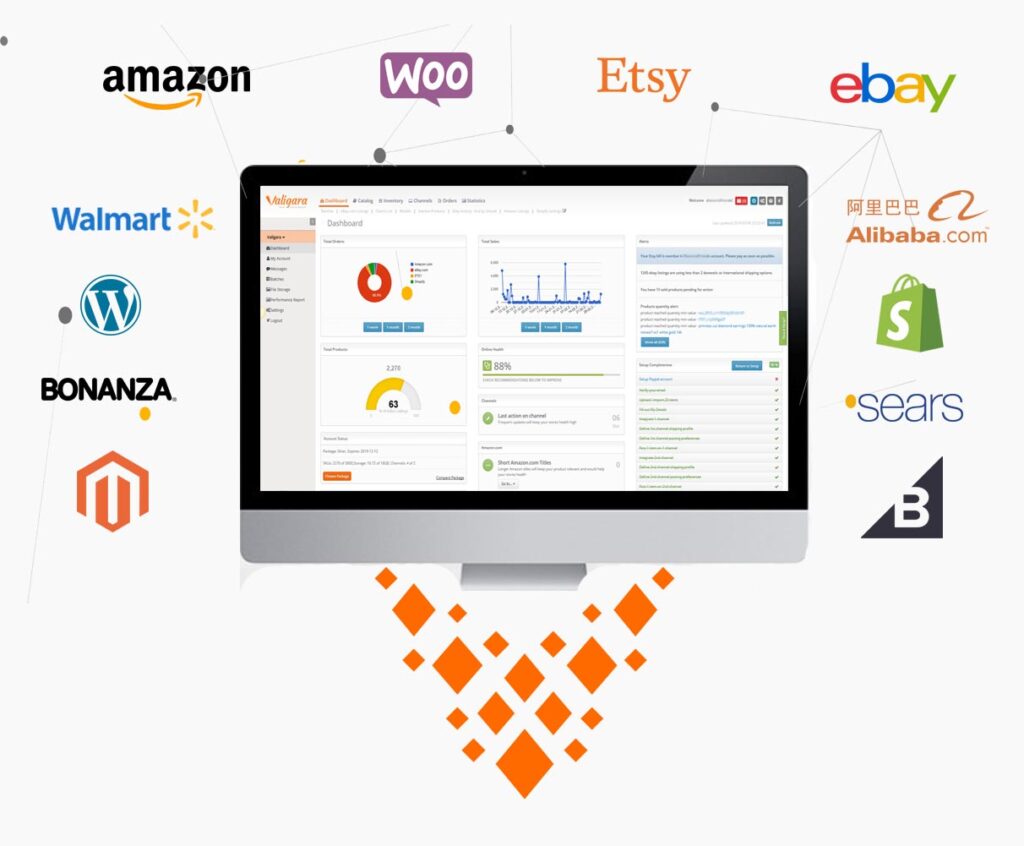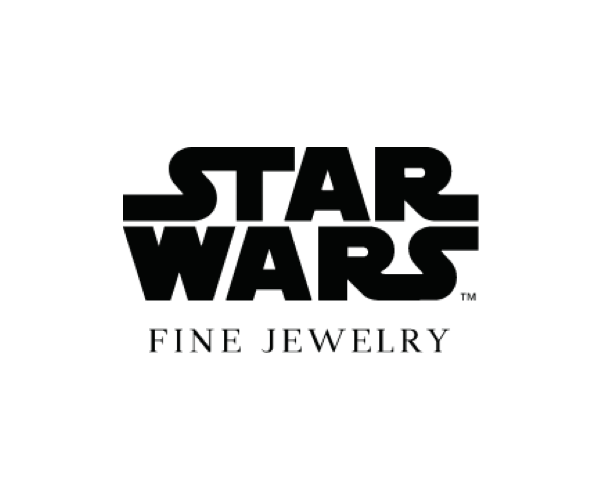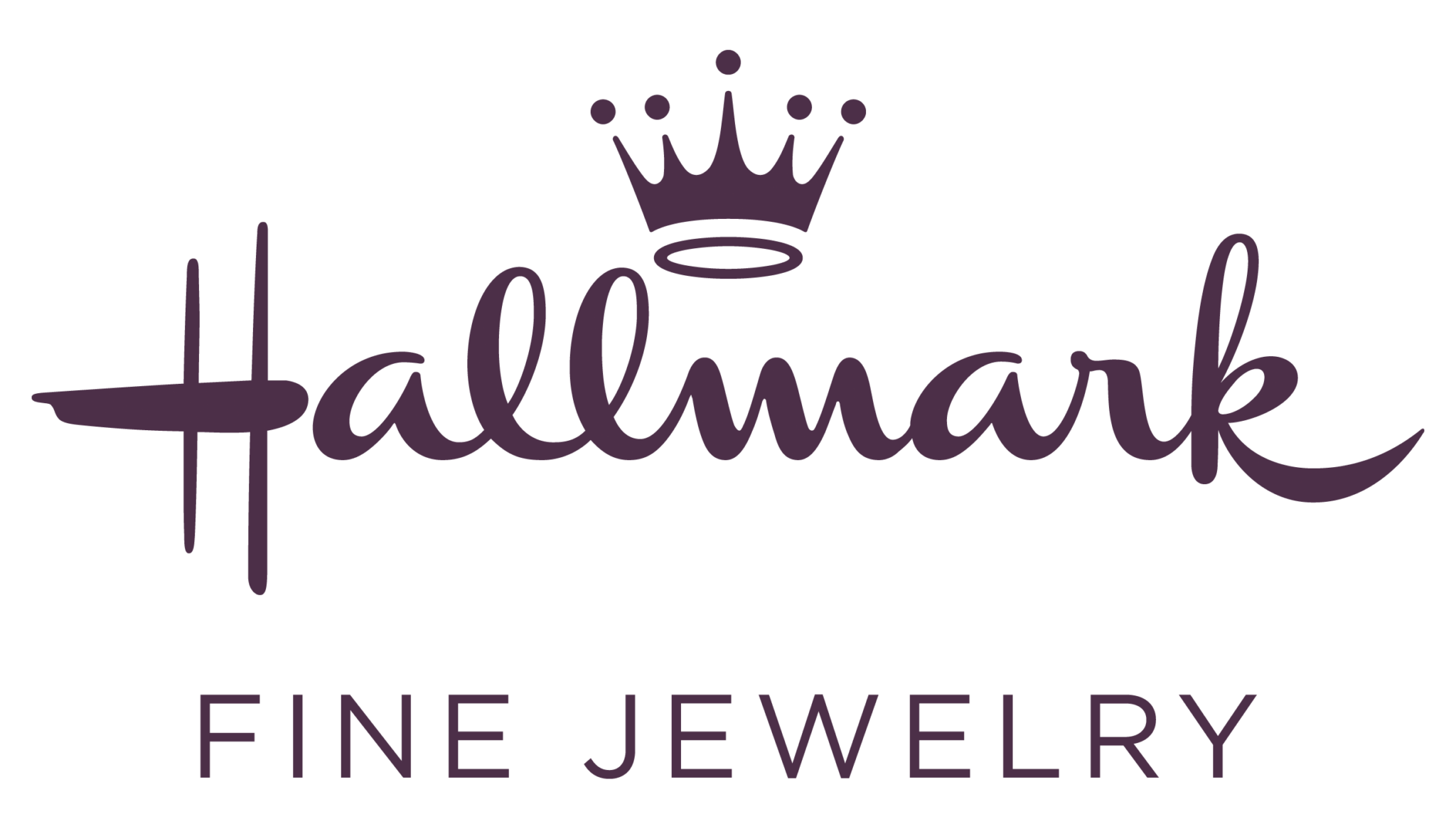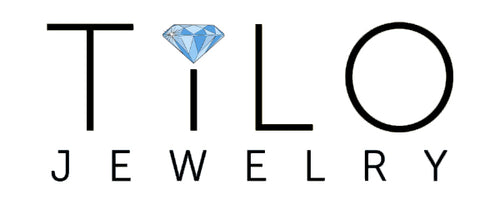Jewelry eCommerce has been traditionally linked to retail only. However, as the jewelry industry migrates to the digital world, the traditional business-to-business work models also migrate into the online world. Considering the fact that around 90% of all jewelry and diamond distribution volume comes from B2B clients, this segment is definitely not one you want to miss out on.
The B2B distribution channels may be different based on the types of jewelry you provide. For example, selling finished jewelry is different than selling gemstones. However, in general, there are five main types of distribution channels for your jewelry. Let’s take a look at them one by one.
1. Online B2B Marketplaces
Alongside famous B2C marketplaces such as Amazon, Walmart, and eBay, online B2B marketplaces have also become centers of trade. Popular ones for gemstones include Polygon, IDEX, Alibaba, and RapNet, while for jewelry, AliExpress, Alibaba, and Overstock can present great opportunities for finding business partners.
2. Retail middlemen
These vendors are the link between suppliers or wholesalers and large store chains. They also sell finished products bought from smaller retailers at a markup. With both an online and offline presence, these vendors reach hundreds of both B2B and B2C retailers. Therefore, they are a great option if you want to expand your distribution channels.
You may push your products into their websites, where they would sell them as their own and give you a percentage of the profit. You would send them your product data feed, and they would publish it on their websites. Two famous examples of such vendors are James Allen and Blue Nile.
3. Existing network
Make use of your current distribution channels by following up and nurturing these relationships through email marketing. As you may know, it is much easier to retain clients than to acquire new ones. The same applies to distributors. Keep in mind the Pareto principle – 80% of the results come from 20% of the efforts.
Turning past clients into return clients can both save you costs and efforts, and turn into organic marketing. Referrals and affiliate programs can multiply those efforts even further.
4. Own website
Think about your website as an enhanced business card. You give it out at conferences and networking events. You pull traffic to it by using the right keywords (aka SEO for the online world). You make it look attractive to attest to your brand image.
An eCommerce website is the same idea. But, while you’re targeting primarily distributors and not end-users, thousands, if not millions, of people can access it. So, in trying to hit more birds with one seed, you lay out everything of value about your business. Therefore, you need to ensure that potential leads can easily find their needs among the large amount of information.
5. Distributors chain
These are another set of intermediaries that initiate a direct inquiry with you about specific types of products. These are usually items that they’d be moving forward in the supply chain. Most often, such connections are made through professional networks, like LinkedIn, and the inquiries involve requests for a catalog.
6. Catalogs
When receiving an inquiry, you may choose to send a digital catalog with either the specific items mentioned and their details or, if the inquiry is more general, you may go for a catalog with your best sellers instead. Catalogs can be both documents and online pages. Documents like PDFs are called static catalogs. They could be, for example, Best Sellers for Christmas or Top Sellers in Spring 2022. Dynamic catalogs, on the other hand, are real-time, online pages where you can filter products based on the need. You may create such a filter on your own website and send that out as a catalog. However, most often catalogs are closed-access documents or web pages, meaning they are not accessible by everyone. They are often quite specific and easy to digest for a distributor.
7. Drop shipping
Unlike working with regular distributors, whom you would physically send your products, dropshipping does not provide your intermediary with physical stock. First, the order happens on their account, website, or platform. It then reaches you and only then you would start the fulfillment and shipping of that particular order. Nothing happens until an order is actually put in place and sent out. Valigara offers solutions for jewelry drop shipping which are easy for any jewelry seller to set up and manage, no matter his/her stage in business.
Here you have it – the main distribution channels for jewelry B2B sales! By diversifying your outreach and trying all of these methods, you can quickly increase your brand awareness, leads, and eventually your profits.





























